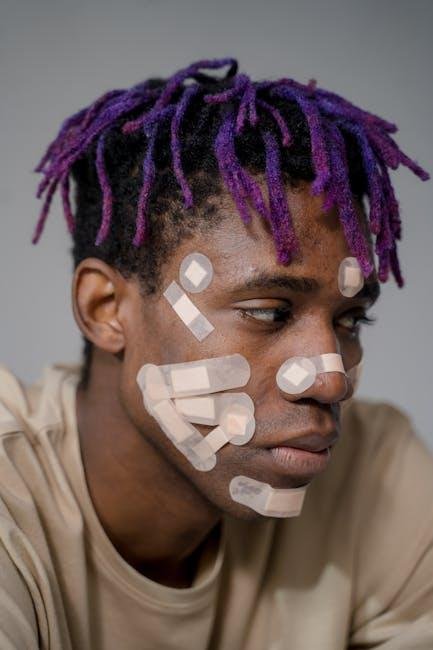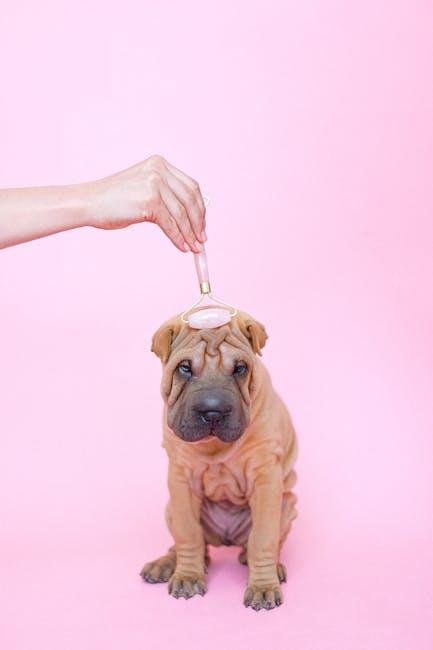Grooming is more than aesthetics—it’s essential for your dog’s health. But for many pups, brushing, bathing, nail trims, and clipping are sources of stress. Spotting anxiety isn’t always straightforward; it can appear in dramatic or subtle ways. Understanding these signs is your first step in making grooming a calmer—and safer—experience.

1. Shaking, Panting, or Trembling
Even absent physical exertion or heat, if your dog shakes, pants heavily, or trembles when grooming tools emerge, it signals stress .
2. Body Signals: Tail, Ears & Posture
An anxious dog often:
Tucks its tail close to or between the legs
Flattens ears against the head
Exhibits a stiff, tense posture with raised hackles
These physical cues usually precede more visible distress, so take them seriously.

3. Avoidance or Escape Behaviors
Cowering, hiding, backing away—or even trying to flee—are clear warnings. Your dog may refuse to come near the tools, grooming table, or even the entire grooming zone .
4. Lip Licking, Yawning & Whale Eye
These subtle signals often go unnoticed:
Lip licking or yawning during grooming means your dog is self-soothing .
Whale eye—when your dog turns its head but shows the whites of its eyes—is a calm-but-serious sign of discomfort .
5. Vocal Signals: Whining, Barking, Growling
Dogs vocalize their anxiety. Whines, whimpers, sudden bark bursts, growls, or deep sighs during grooming sessions are all red flags .
6. Trembling to Defensive Actions
If anxiety escalates unchecked, dogs may snap, growl, or even try escaping—especially when you press on sensitive areas like paws or ears .
7. Physical Stress Reactions
Long-term grooming anxiety might show as:
Drooling or excessive panting
Dilated pupils
Involuntary shaking
Accidents in the grooming area
Why Grooming Triggers Anxiety
Several factors can make grooming frightening:
Factor
Explanation
New Environment & Tools
Dryers, clippers, sprays—they all bring unfamiliar sights/sounds
Past Trauma
A previous painful grooming experience can leave lasting fear
Breed Sensitivity
Some breeds are naturally more prone to fear
Pain or Health Issues
Underlying conditions like arthritis, ear infections increase stress when touched
Owner Anxiety
Dogs sense tension in you—stay calm to help them stay calm
What to Do: Turn Grooming from Fearful to Fear Free
✅ 1. Start with Gentle Handling
Touch paws, ears, tail daily—reward calm behavior .
Introduce grooming tools slowly: let your dog sniff them off, then on, and eventually use them, always praising calmness .
✅ 2. Use a Calm, Predictable Routine
Choose a low-stimulation area—quiet room, soft lighting, calm music .
Keep consistent sessions so grooming becomes familiar and less scary .
✅ 3. Positive Rewards & Breaks
Treats and praise for any sign of relaxation: ears forward, relaxed posture, willingness to approach tools .
Pause at the first sign of stress and let your dog regroup .
✅ 4. Use Calming Aids
Use pheromone diffusers, pressure wraps, or essential oil blends like lavender (with vet approval) .
Soft music also drowns out clippers, reducing noise-driven stress .
✅ 5. Professional Help & Specialized Grooming
Seek groomers certified in fear-free methods—they watch for stress signals, slow the pace, and customize the environment .
If stress continues, consult a certified behaviorist or vet for training or possible medication .
✅ 6. Mobile Grooming or Quiet Spaces
Mobile grooming can reduce stress—familiar smells, fewer dogs, less noise .
Choose quiet, one-on-one salons or early/late appointments .
Final Thoughts
Grooming shouldn’t cause dread. By recognizing body language, identifying triggers, and using slow, reward-based strategies, grooming can become a manageable—even positive—part of your dog’s routine.
With patience, empathy, and the right support, you can transform grooming from a source of stress into an opportunity for building trust, confidence—and healthier skin and nails. Want help crafting a step-by-step grooming plan or finding a fear-free groomer nearby? Just let me know!





